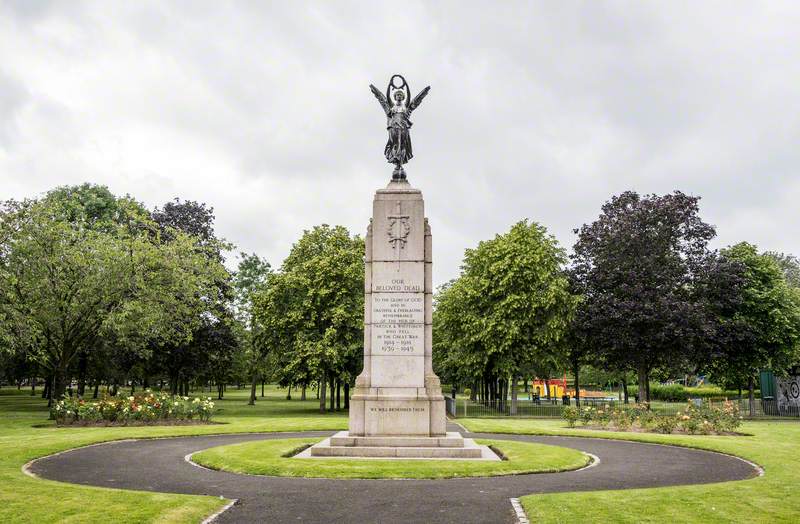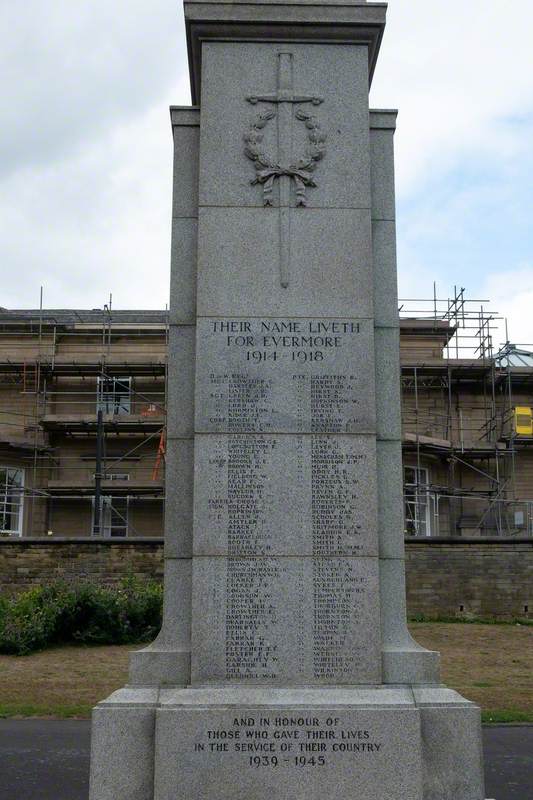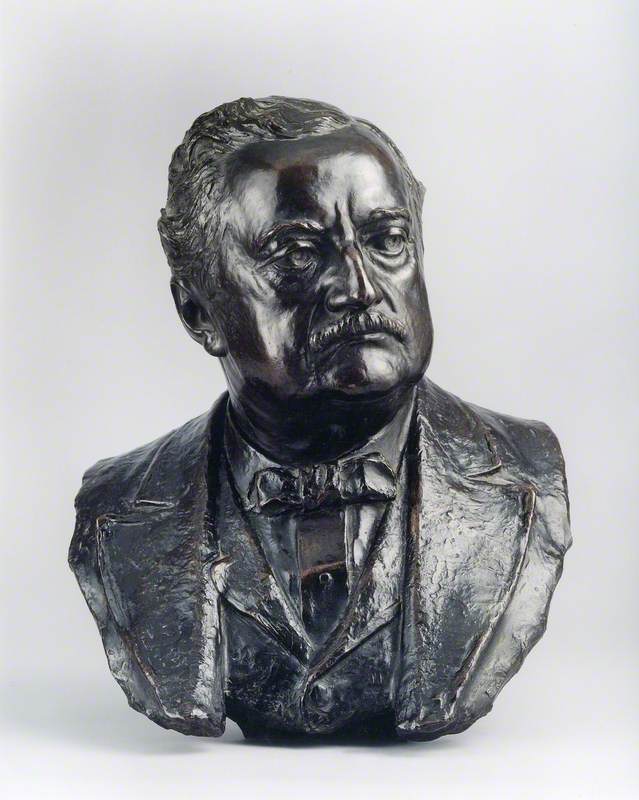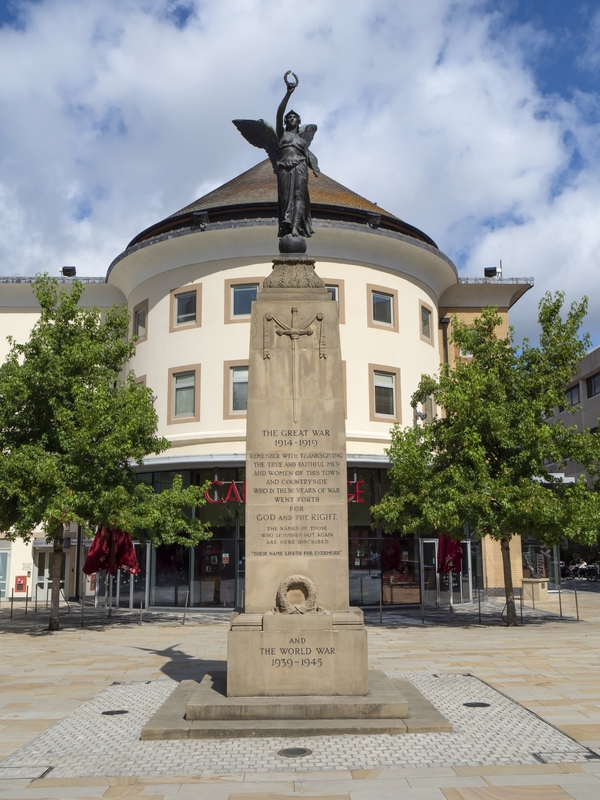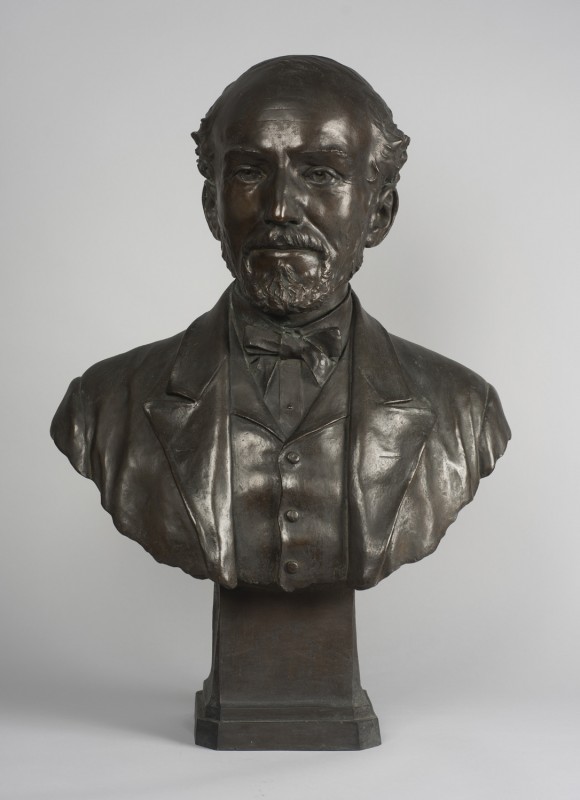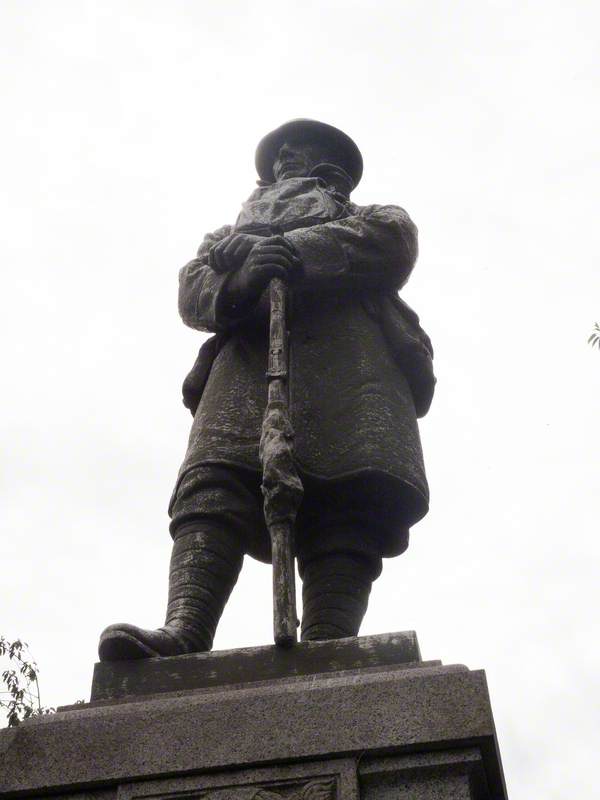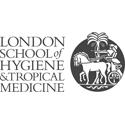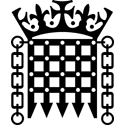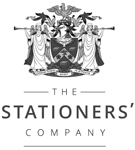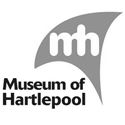
Francis William Doyle Jones (1873–1938)
Francis William Doyle-Jones [also known as Francis William Doyle Jones; and as F. W. Doyle Jones] was born in West Hartlepool, Yorkshire, England in 1873 and was the son of the Irish-born monumental sculptor Francis Jones (1846-1918). After initially training in his father's business, he studied sculpture in Paris and at the the National Art Training School in South Kensington, London under Édouard Lanteri (1848-1917) in the 1890s. He subsequently embarked on a career as an independent sculptor. He primarily produced relief portraits and public sculptures. Amongst his public sculptures were statues of King George V in Jersey and Durban, South Africa; Matthew Webb, the first person to swim the English Channel for Marine Parade, Dover, Kent (1910); a portrait bust of the Irish nationalist politician John Edward Redmond (1910) now in the UK Parliamentary Art Collection; Robert Burns in Galashiels, Scotland (1912); Archbishop Thomas Croke for Liberty Square, Thurles, County Tipperary (1922); Cardinal Patrick O'Donnell for Cathedral of St Eunan and St Columba, Letterkenny; and Saint Patrick for Saul, County Down, Ireland (1938).
Doyle-Jones was commissioned to produce several Boer War and World War One war memorials. These included for Ward Jackson Park, Hartlepool (1905); Town Hall Gardens, Llanelli, Carmarthenshire (1905); Albert Park, Middlesbrough (1905); Saltwell Park, Gateshead (1905); Newmarket Square, Michelstown, County Down (1906); Castle Park, Penrith, Cumbria (1906); Teddington, London (1921); The Esplanade, Weymouth, Dorset (1921); Waterloo, Sefton (1921); the Bevans Cement Works in Northfleet, Kent (c.1921); Station Road, Cockermouth, Cumbria (1922); Rydings Park, Brighouse, West Yorkshire (1922); Victoria Park, Glasgow (1922); Windmill Hill Gardens, Gravesend, Kent (1922); The Park, Hullen Edge Road, Elland, West Yorkshire (1922); Jubilee Square, Woking, Surrey (1922); Abbey Fields, Kenilworth, Warwickshire (1922); King Edward Square, Sutton Coldfield, Birmingham (1922); and Gillingham, Kent (1924); and Jarrow, Jarrow Park, South Tynside (1920s).
He was a frequent exhibitor at the Royal Academy in London from 1903 to 1936. He also exhibited at the Royal Hibernian Academy in Dublin; Royal Glasgow Institute of the Fine Arts; Walker Art Gallery in Liverpool; Laing Art Gallery in Newcastle upon Tyne; and at the International Society of Sculptors, Painters and Gravers in London. He participared in the International Exhibition in Dublin in 1907. He was elected an Associate of the Royal Society of British Sculptors (ARBS) in 1923.
He died in Chelsea, London on 10 May 1938. His address at the time of his death was given as 2 Wentworth Studios, Manresa Road, Chelsea, London.
Text source: Arts + Architecture Profiles from Art History Research net (AHRnet) https://www.arthistoryresearch.net/
